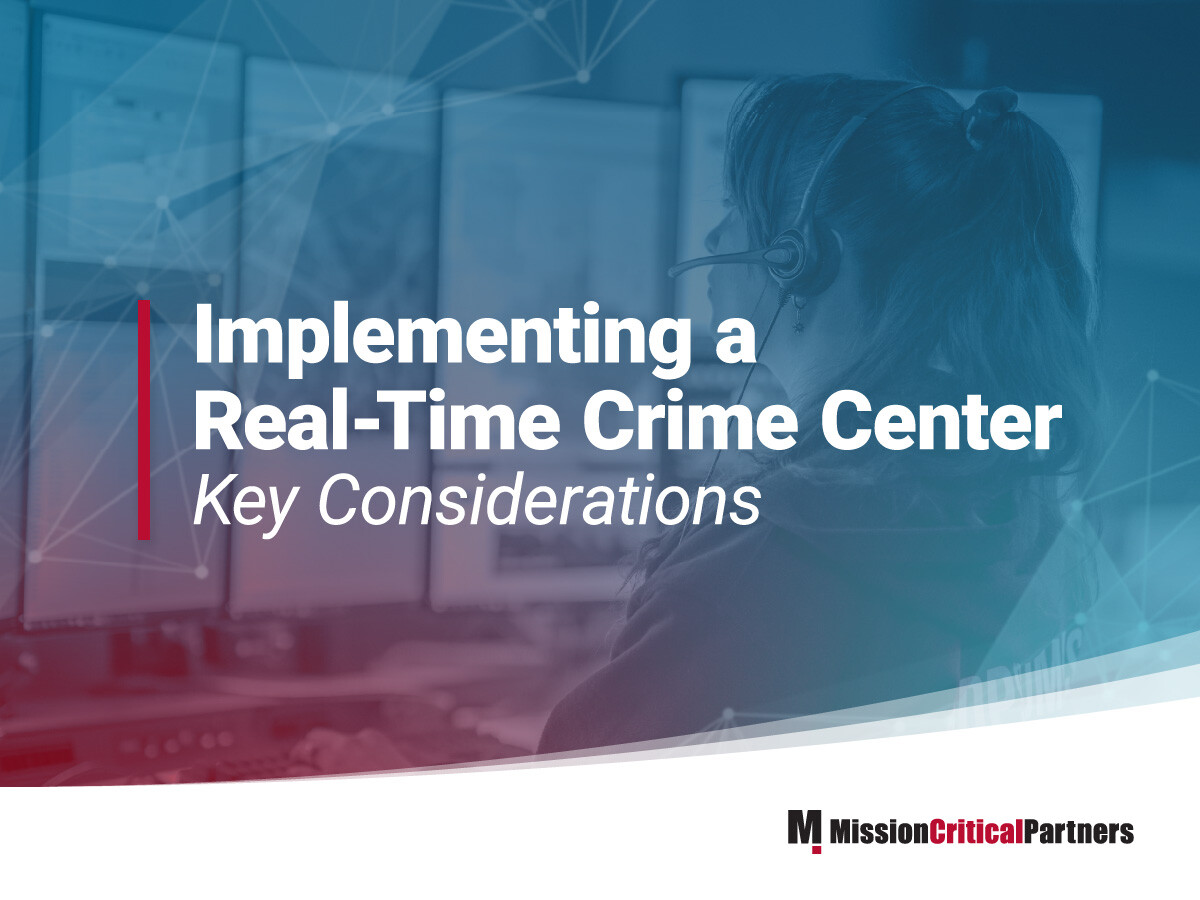This post is part one in a four-part series of posts on avoiding a derailed public safety IT project.
If you’ve been involved in a public safety system procurement in your career, you know that the process is anything but simple. Public safety system procurements are complicated undertakings that are time-consuming, risky, and often under-resourced by the agency completing the upgrade.
According to a study released by the Standish Group in 2014 published in Governing Magazine, the success rate for public sector IT projects is a mere 39%. That’s a big problem.
What can public safety agencies do to increase their success rate? We recently shared some ideas during a Mission Critical Partners (MCP) webinar (listen to it on-demand here). To help you succeed, we’ve included some of the takeaways and best practices in this article.
Because of the complexity associated with this process, we will cover these tips in a four-part series that provides a step-by-step overview of what’s important leading up to an implementation.
Read on for best practices that will increase your success in the needs assessment and develop requirements phase of your project.




.jpg)


